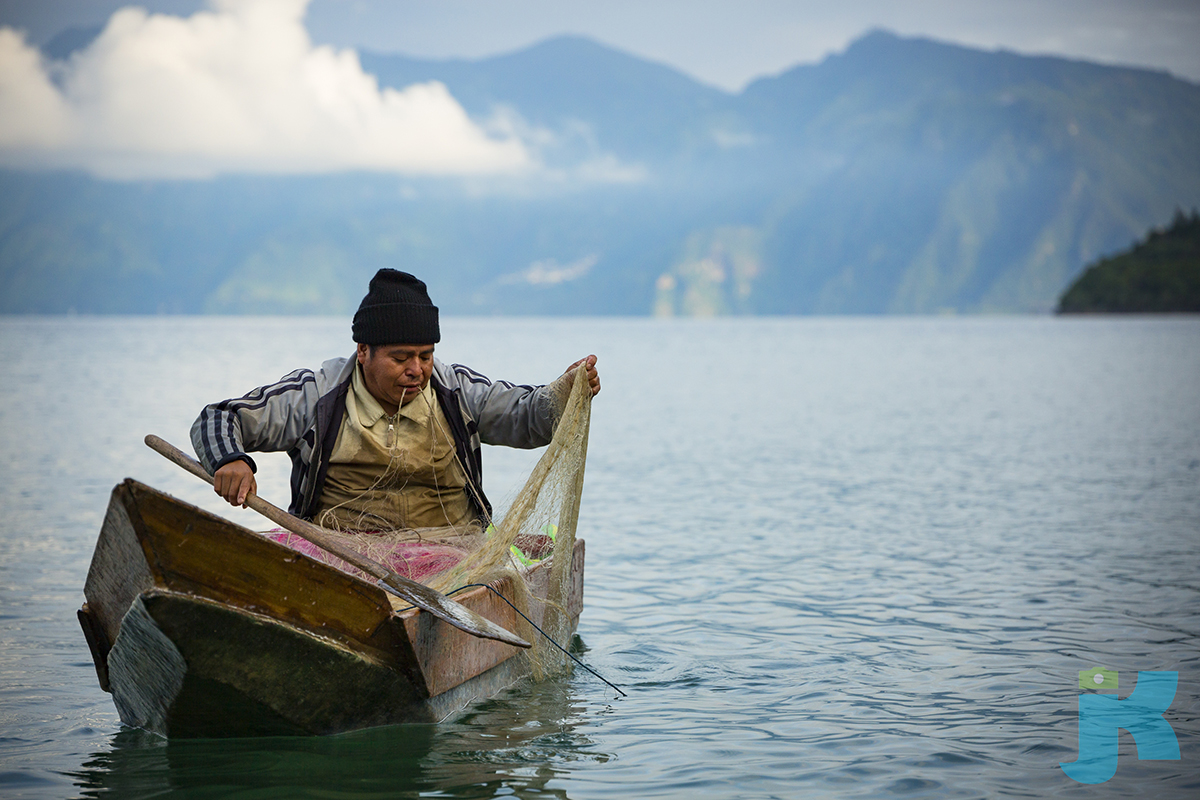Photography From a Paddleboard
James Kao documents the fishermen and villages along Guatemala's Lake Atitlan.
More Photo Tips | Video Gallery | Photo Gallery | Enewsletter sign-up
By Jenn Gidman
Images By James Kao
When James Kao was a kid, his artistic outlet was sketching, drawing, and painting; photography wasn't really on his radar. After he graduated college and started a career in landscape architecture and urban planning, he had a flexible schedule that allowed him to travel quite a bit—right around the time digital photography broke onto the scene. "I was taking trips to exotic destinations like Machu Picchu and Bhutan, and I started taking lots of pictures," the Los Angeles photographer says. "Then, on an expedition in the Galapagos, I realized I was missing some great shots of the humpback whales because my point-and-shoot just wasn't quick enough to capture them when they were breaching."
Eventually James took the necessary step up to a DSLR, and his preoccupation became vocation. "Around 2012, I realized it was going to take me a long time to advance in my career—it's the type of job where you basically have to wait for the person above you to retire to get promoted—so I quit that field and became a full-time photographer," he says.
James has since been all over the world, taking pictures and indulging his love of standup paddleboarding. Then in July, James took a trip to Lake Atitlan in Guatemala, a body of water situated in a volcanic crater in the Sierra Madre, where he was able to merge the two. "I have a friend from there who invited me, and I started thinking bigger picture," he says. "In the back of my mind, I started to contemplate doing a longer expedition-style trip down there, where myself and a handful of friends who are really terrific drone photographers and videographers would create a documentary about the lake. I figured this would be my chance to scout the location."
His reason for making the documentary: to raise awareness of the lake's water pollution issue. "Decades of mismanagement and inadequate wastewater treatment have led to frequent algae blooms in the lake," he explains. "It kills the fish, which is devastating to the fishing community, and tourists fear swimming in the water. This lake is the treasure of Guatemala, and locals depend on the tourism industry. The pollution also has become a political issue, because if people can't make a living in Guatemala, they start to consider migrating to other countries."
James brought along his Tamron 35-150mm Di VC OSD lens to capture the lake and the people who depend on it, floating out on his own paddleboard to get right in the middle of the action. "Due to the nature of my trip and the fact that I'd be on the paddleboard so much, I had to keep my gear light," he says. "The 35-150mm gave me the versatility I needed so I didn't have to bring multiple lenses.""
Shooting from a paddleboard on the water presents unique challenges, but James has his image-making methodology down. "I try to use the widest, most stable board I can find," he says. "The touring board I use for taking pictures has a number of places where I can attach my gear, plus a flat deck, which makes it easier when I'm shooting. I usually keep my camera and other equipment in a waterproof, submersible Pelican case that I place right in front of me, and I only take a photo in flat-water conditions, when I know there's only a minimal chance of me falling in or getting tipped over; if the water starts to get rough, I put the camera away. But on this trip, I couldn't bring the Pelican case with me, due to weight limitations, so I used a flexible waterproof backpack instead. This wasn't as ideal as my regular case, because the zippers don't close easily, and it's harder to reach into the backpack. I took an insert from another bag and put it in the backpack to make it as much like a photo bag as possible and just made do with what I had."
Using the 35-150mm's Vibration Compensation while on the paddleboard was crucial. "That built-in image stabilization definitely helps, because you're never completely stable when you're on the water," James says. "Even the slightest rocking motion can make it difficult to achieve a sharp shot. I wanted to eliminate as much movement as much as possible, unless I was purposely going for an image with motion blur."
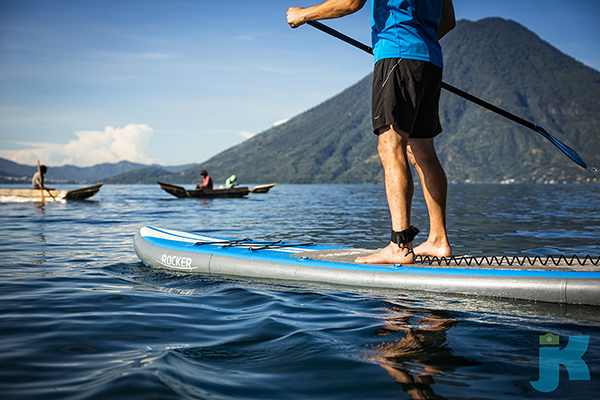
35-150mm (55mm), F/4, 1/1250th sec., ISO 100
Click image to view larger
Before he even mounted his paddleboard, James tried to take a few photos highlighting life around the lake. "We went during the rainy season, but the rain didn't usually arrive until the later afternoon or evening," he says. "The mornings were gorgeous, with beautiful light for taking pictures. I'd get up early and take photos like the ones you see here of the woman doing an early morning yoga session, or the one of my friend's girlfriend lounging in a hammock. Many of these little towns are only accessible by boat taxis called lanchas, and the private dock attached to a villa we stayed at was the perfect place to set up the hammock I'd brought along. I asked her to just kick back with a book, with the lake as the backdrop. You can see one of the lanchas approaching in the background."
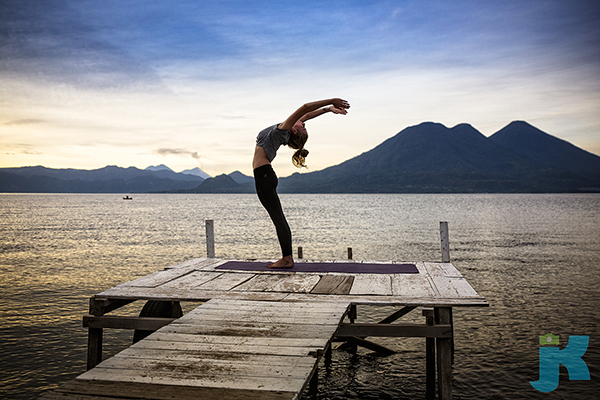
35-150mm (35mm), F/3.5, 1/800th sec., ISO 400
Click image to view larger
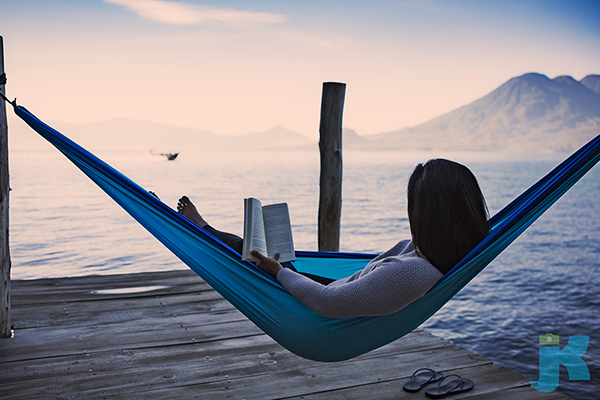
35-150mm (35mm), F/3.2, 1/2000th sec., ISO 400
Click image to view larger
After getting their approval, James was able to take photos of some of the fishermen working the lake in traditional boats known as cayucos (a type of dug-out canoe), especially after he'd explained to them the project he was working on to help revitalize the lake. "Many of these fishermen's families have been on this lake, which is steeped in Mayan history, for hundreds of years," he says. "They use modern hooks and nylon line, and fish by hand: They bait the hook and throw the line into the water, and when they feel the fish tugging, they pull the line back in."
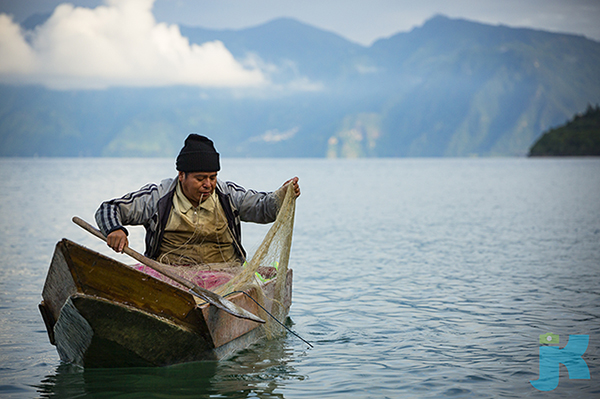
35-150mm (107mm), F/4, 1/1600th sec., ISO 400
Click image to view larger
In one case, he even took a tour with one of the fisherman in his boat. "That 35-150mm lens was so versatile in that regard," James says. "I was sitting in the front of the boat and he was in the back, so I needed a lens that would allow me to capture wide-angle images, but also let me zoom in tight to capture detail shots like the one where he's holding the fish bait in his hands. You can see the hook in his right hand and the bait, which is some kind of aquatic bug."
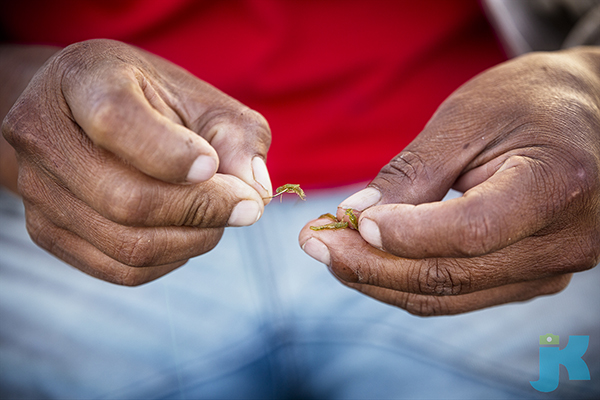
35-150mm (140mm), F/4, 1/500th sec., ISO 320
Click image to view larger
When he was back on his own paddleboard, James was able to document one fisherman's catch of the day. "I got as close as I could to him without really getting in the way, then zoomed in on his hand holding the fish," he says. "That lens enabled me to capture so much detail on the fish and the man's hand."
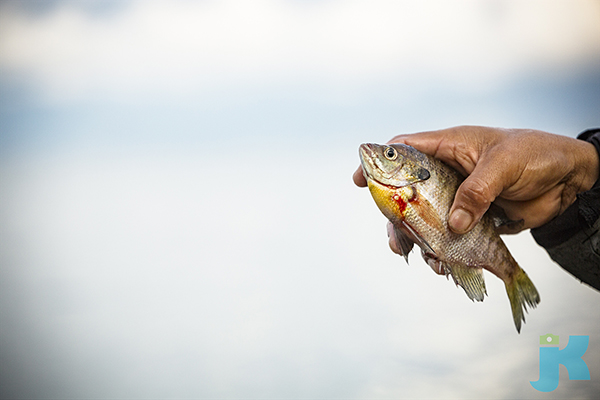
35-150mm (150mm), F/4, 1/2000th sec., ISO 400
Click image to view larger
James capped off his trip with a few photos not taken on the lake, but in the city of Antigua, a UNESCO World Heritage site known for its colonial architecture. The city, founded in the mid-1500s, used to be the country's capital until it was abandoned for that purpose due to its location in an earthquake zone. The 35-150mm lens allowed James to capture some street photography before heading back to the States, including a close-up portrait of a local flute-maker and two young girls playing near a fountain.
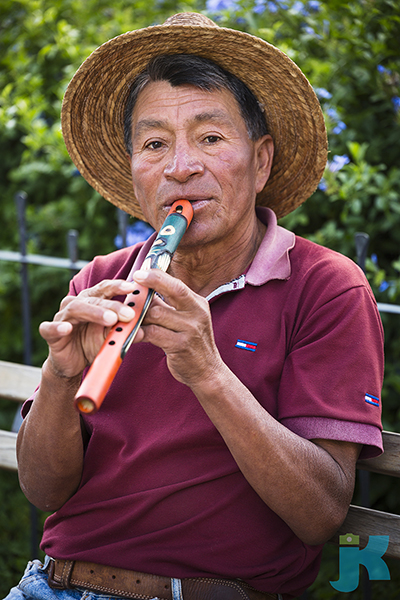
35-150mm (150mm), F/4, 1/125th sec., ISO 400
Click image to view larger
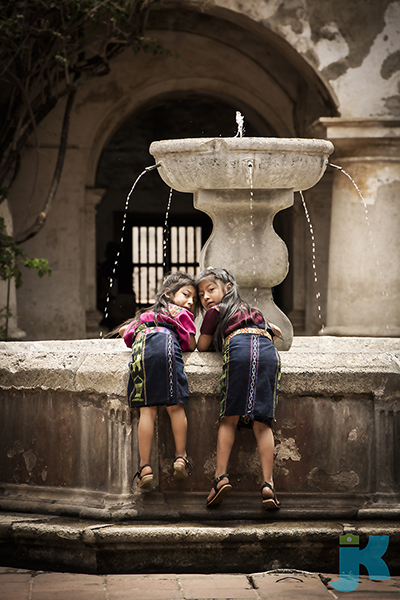
35-150mm (138mm), F/6.3, 1/250th sec., ISO 160
Click image to view larger
"This was taken at a place that used to be an old convent," James says. "Some photographers were using it for a photo shoot, with all of these women and kids dressed up in traditional attire. I was careful not to interfere with what the other photographers were doing, but away from the set I saw these two little girls playing at a fountain and couldn't pass up a shot, as they were dressed so similarly I figured they were sisters. As I took some photos of them from behind, one of the moms took notice and actually tried to help by calling out to the girls so they'd turn around and look back at me. That's how I got such a neat shot."
To see more of James Kao's work, go to https://www.jameskaofoto.com/index.
More Photo Tips | Watch Videos | Learn More About Tamron Lenses | Photo Gallery
